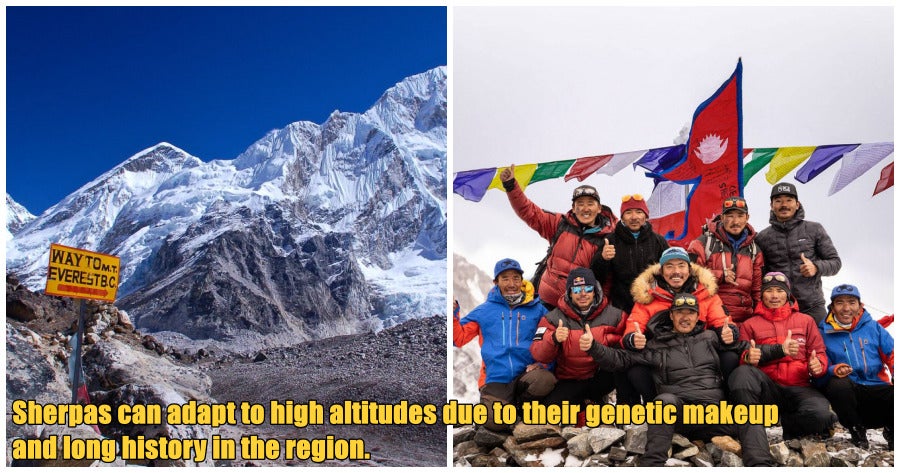Rising majestically in the heart of the Himalayas, Mount Everest stands as an undeniable symbol of human ambition and endurance. Located on the border between Nepal and Tibet, this towering giant reaches an awe-inspiring height of 8,848 meters above sea level, making it the highest peak on Earth.
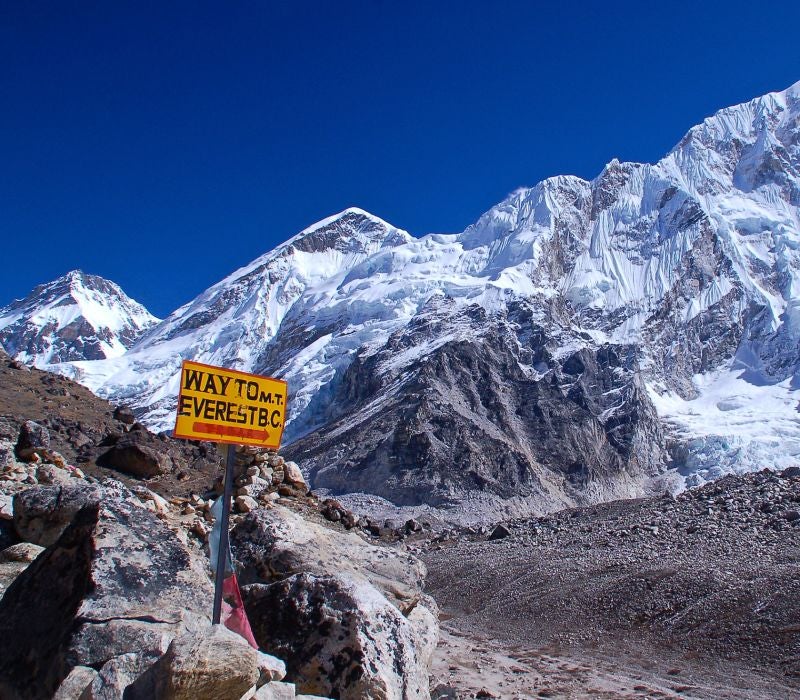
But behind every climber’s triumph over this formidable summit lies an unsung group of heroes, the Sherpas. These extraordinary individuals, known for their unwavering strength and unmatched mountaineering skills, are the backbone of every expedition on Everest.
So without further ado let’s delve into the incredible lives of the Sherpas, shedding light on their invaluable contributions that have made conquering Everest possible for so many others across the world.
1.Sherpas are an ethnic tribe who have played a vital role in Everest expeditions
The word “Sherpa” means “people from the East” and is pronounced “shar-wa”.
Before mountain climbing became prominent in the Himalayas, the term Sherpa simply referred to an indigenous tribe of people who migrated from Eastern Tibet to Nepal.
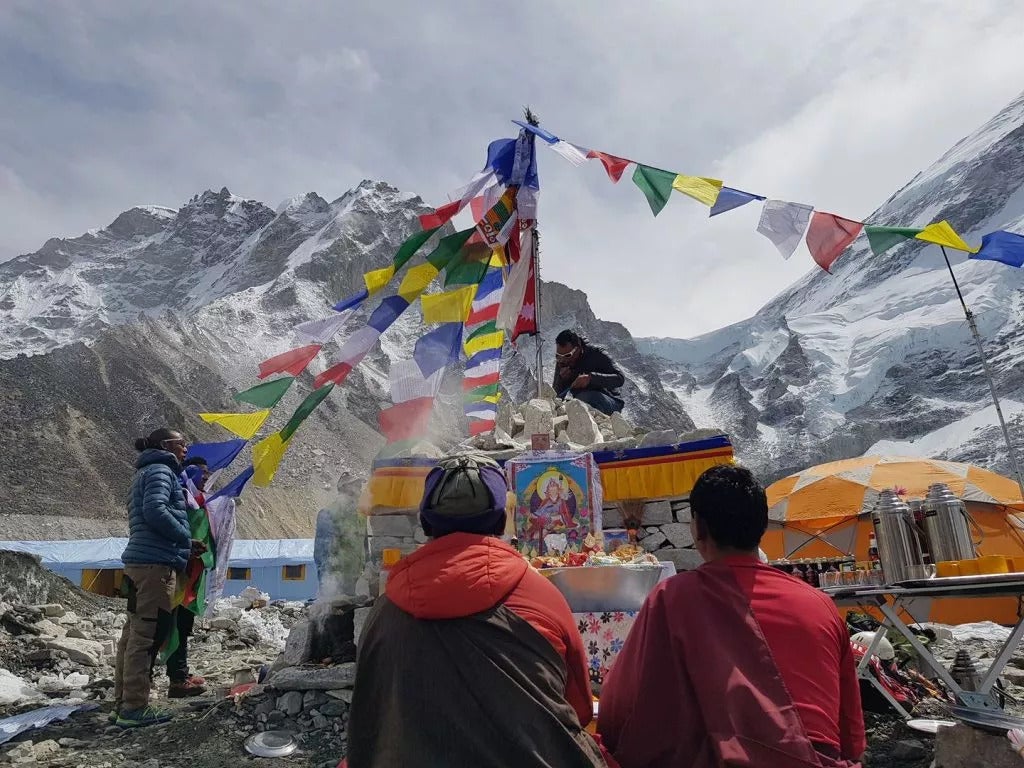
Ethnic Sherpas settled in the mountains of Nepal’s Solukhumbu Valley, with the oldest community at the village of Pangboche. Their home valley is now a national park and the town serves as a base camp for climbs of Mount Everest, more commonly known as Sagarmatha and Chomolungma to the locals.
2. Sherpas are experienced guides, providing valuable expertise to climbers
The term “sherpa” now has become a respected albeit extremely risky and dangerous job title that refers to a trekking crew that operates at Mount Everest though not all of them are actually ethnic Sherpas.
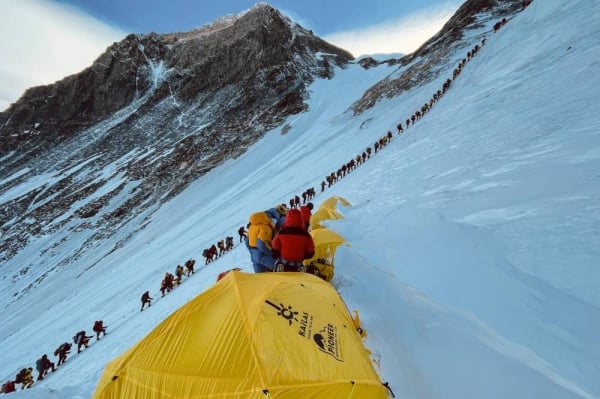
This community that is native to the land have taken up the job responsibility to set up camp and the trails to the top of the mountain, oversee the porters, ensure that loads are distributed evenly, and ultimately be responsible for the safety of the trekking group.
Sherpas are paid to liaise with clients, accompany them on the deadly trail, and even sprint ahead to ensure their clients are served hot tea when they arrive at camp.
So most of the work is done by them and the most these client trekkers have to do is have enough money and train for the climb. Ultimately all the tourist climbers have to do is show up and follow the Sherpas trails that were set up days prior to the climb.
3. Sherpas can adapt to high altitudes due to their genetic makeup and long history in the region
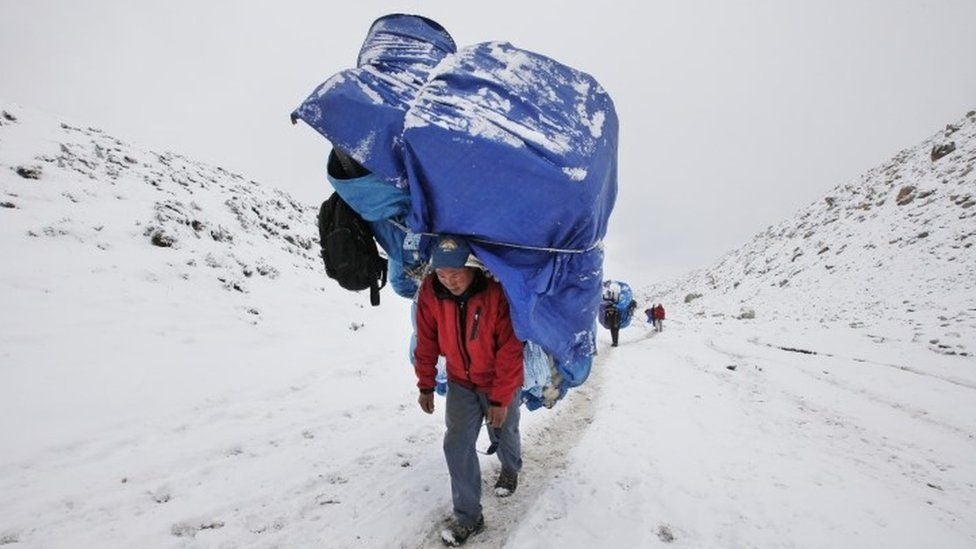
For thousand of years, the Sherpa natives have been migrating through mountains so it’s no surprise that their bodies have adapted to the thin air and high altitudes. This climate usually makes visitors extremely fatigue and sick but Sherpas function just fine with little harmful effects.
Most visiting climbers need four days and the aids of oxygen tanks to accomplish this feat but there have been Sherpas that have completed the climb in 20-26 hours. Their bodies that can function actively with low-oxygen makes them almost super-human!

4. Sherpas participate in a Puja Ceremony before every climb
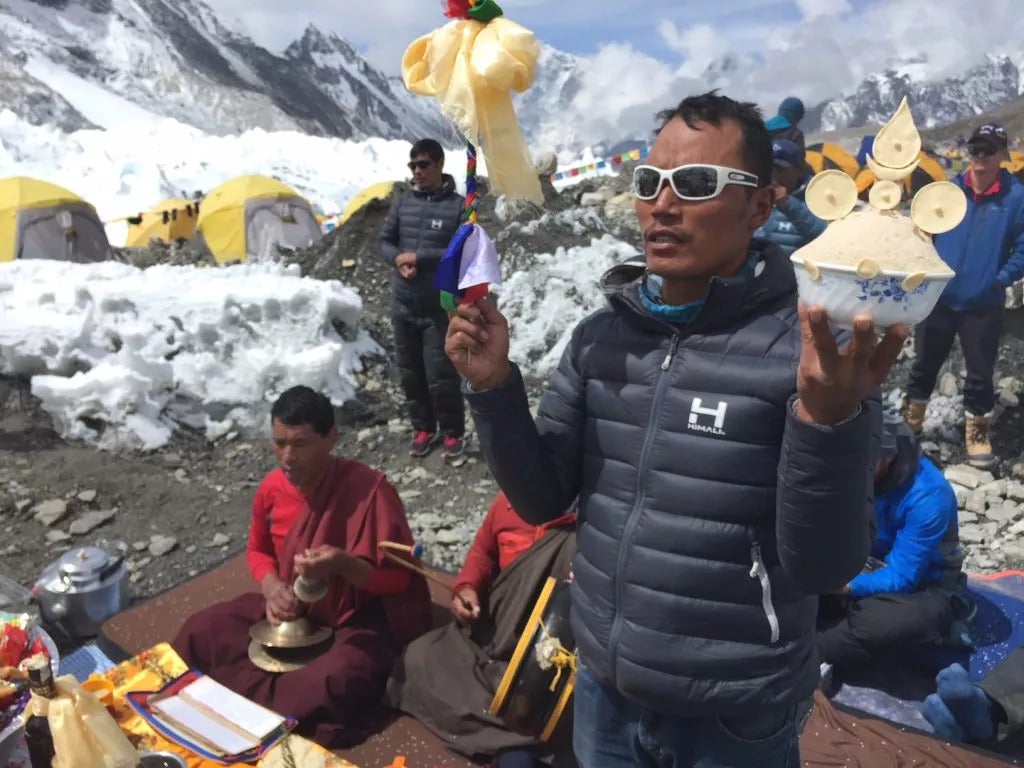
It is tradition for the Sherpas to conduct a Puja (blessing ceremony) according to their religion, Tibetan Buddhism before every climb. This is because they believe the mountain to be a goddess and must receive Her blessing to ensure a safe passage.
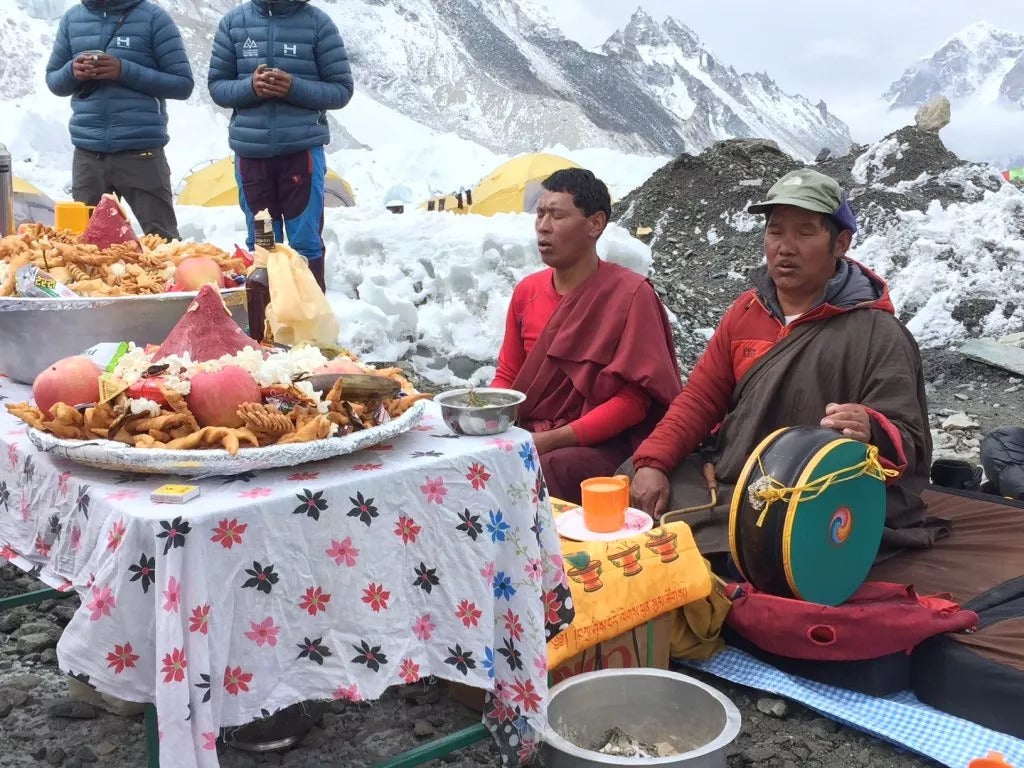
Long strands of prayer flags are hoisted up to set the space for the ceremony. Specific foods and drinks are offered to the goddess deity and their climbing gear is also presented to be blessed by invited monks.
Many tourist climbers are encouraged to participate and they have noted that the ceremony is a powerful experience. Towards the end of the Puja, Tsampa flour, a Tibetan staple is applied to the faces of the climbers and it’s also thrown in the air for more good luck.
5. Kami Rita Sherpa holds world record of the most ascents of Mount Everest – 28 completed climbs
Remember how we said the genes of the Sherpas are almost super-human? This story of climber Kami Rita Sherpa proves just how remarkable the human body can be.
Dubbed the “Everest Man”, he holds the world record for completing the most summits of Mount Everest, an astounding 28 climbs!
Kami Rita was born in 1970 in a village in the Himalayas renowned as a breeding ground for successful mountaineers where he saw his father and brother work as mountain guides. He grew up to also be a guide and has been in this career line for over 2 decades now.
He even lead the first rope-fixing team to open the route to the top. He says his climbs have all been for work and not for the glory of holding a world record. A truly humble king!
6. Extremely Rare: Sherpas recently saved a Malaysian from the Death Zone at Mount Everest
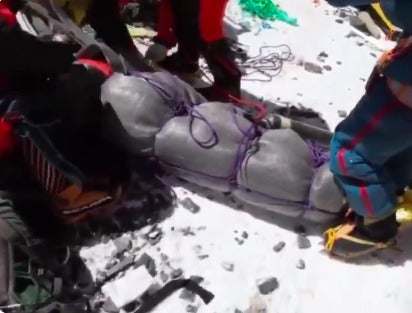
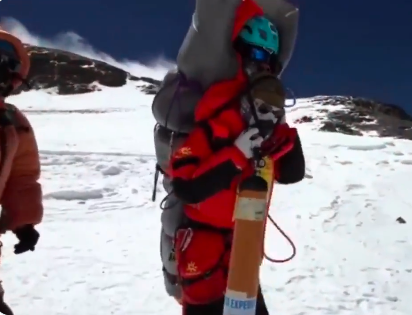
7. Despite their crucial contributions, Sherpas are often overlooked by the global media
The Sherpa guides are an indispensable part of every expedition but their contribution to mountaineering successes has often been overlooked by the global media.
They seldom receive their due, to the extent that the meaning of the word ‘Sherpa’ has evolved to represent a job description, a trekking crew and a porter rather than the fact that they are a native indigenous tribe that holds special heritage and culture.
A few years ago it was common for a guide to be paid a mere USD5000 for a climb – a low pay considering their precious lives are on the line and the weeks they take to prep the trail and accompany trekkers up and down the summit. Though more discussions on their work are on the rise we seriously hope foreign climbers and the media are ethically aware of the Sherpas stories and that their pay has significantly increased over the years.

From their fearless leadership to their extraordinary physical abilities, Sherpas embody the very essence of resilience and courage.
They have earned our deepest admiration and gratitude for their commitment to mountaineering and their invaluable role in every Everest expedition.
We wish the Sherpas the best of health and safe passage every time they risk their lives to guide climbers to the top of the world. Is climbing this mountain on your bucket list? Let us know in the comments!
Also Read: Nepali Guide Rescues M’sian Climber from Mt Everest ‘Death Zone’ in Rare High Altitude Operation

